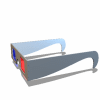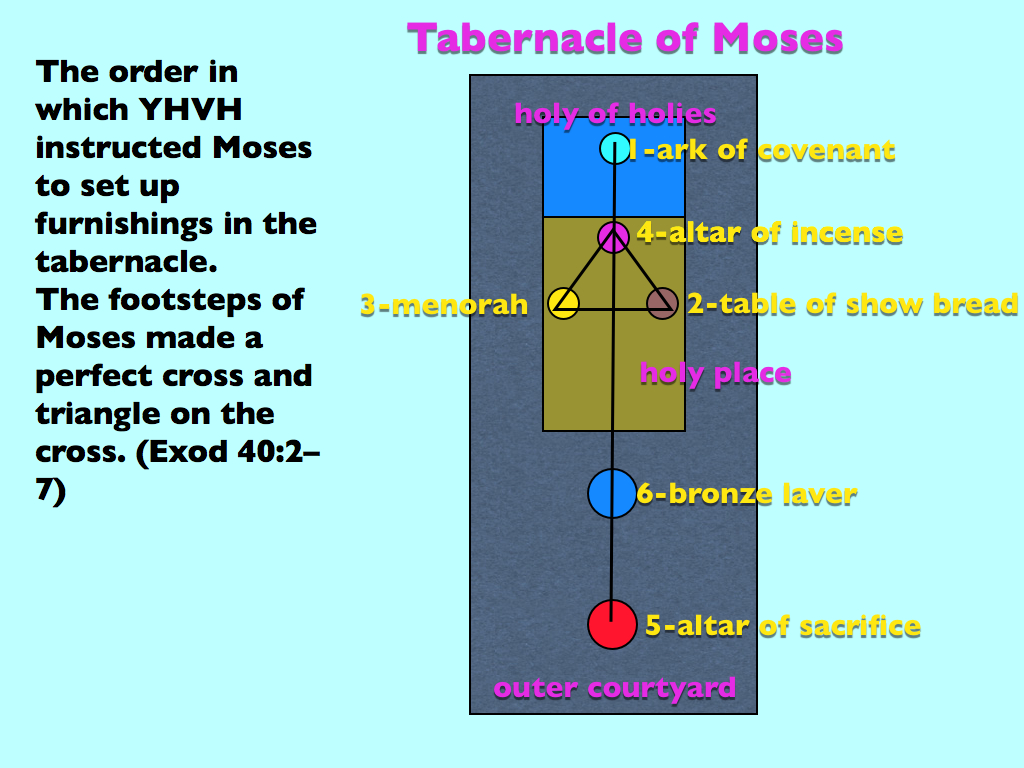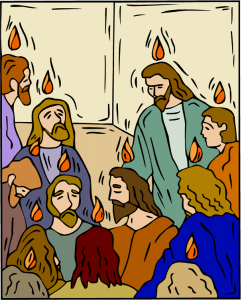Exodus 23:14–19, Three times you shall keep a feast. Conventional Jewish wisdom teaches us that during the three pilgrimage festivals all the individuals of the nation are to appear out of all isolations personally in the presence of the one God of Israel in the festival circle (or chag) around the common sanctuary (where YHVH has chosen to place his name, Deut 16:2,11,15), thereby becoming conscious that each one is connected to all the other members of the nation, with YHVH Elohim, and with the Torah (The Pentateuch—Deuteronomy, p. 310, by S. R. Hirsch).

But there is much more than this if we add Yeshua the Messiah of Israel into the picture. Each of the three feasts point directly to him. Passover and the Feast of Unleavened Bread, the Feast of Weeks or Pentecost, and the Feast of Tabernacles all point to Yeshua, since the first three spring feasts point to Yeshua’s first coming, while the last fall feast points to his second coming. Each of these feasts represent milestones in the spiritual walk of the redeemed believer.
But it gets better. There were three sections in the Tabernacle of Moses: the outer courtyard, the holy place and the holy of holies. These correspond with the three parts of man: body, soul and spirit (1 Thess 5:23).
The feasts of Passover and Unleavened Bread are the first two feasts we celebrate in the spring and represent the first steps in a new believer’s spiritual walk. This corresponds with the outer courtyard and relates more to the spiritual cleansing of the outer parts or body of man. It is here that one begins their spiritual walk and relationship with Yeshua, who is the Word of Elohim.
The Feast of Weeks or Pentecost is the next step one takes in their spiritual walk. The holy place speaks of bring the soul (the mind, will and emotions) into submission to the will of YHVH as one advances in their spiritual walk and learns about the fruits and gifts of the Spirit of Elohim, who they are as redeemed Israelites, and about worship and praise.
Finally, the holy of holies corresponds to the Feast of Tabernacles and the Eighth Day and the spirit part of man. This part of the tabernacle speaks more of man’s ultimate spiritual relationship with Elohim. It is here that man relates to Elohim, who is a Spirit, on a spirit to Spirit level (John 4:24; 1 Cor 2:10–13). This points to man’s ultimate destiny as glorified beings in the New Jerusalem as adopted members into the family of Elohim (John 1:12; Rom 8:14–15, 23; 9:4; 2 Cor 6:18; Gal 4:5–6; Eph 1:5; 1 John 3:1; Rev 21:7).
This is just the tip of the iceberg. I’m sure there’s much more to learn on this subject.





